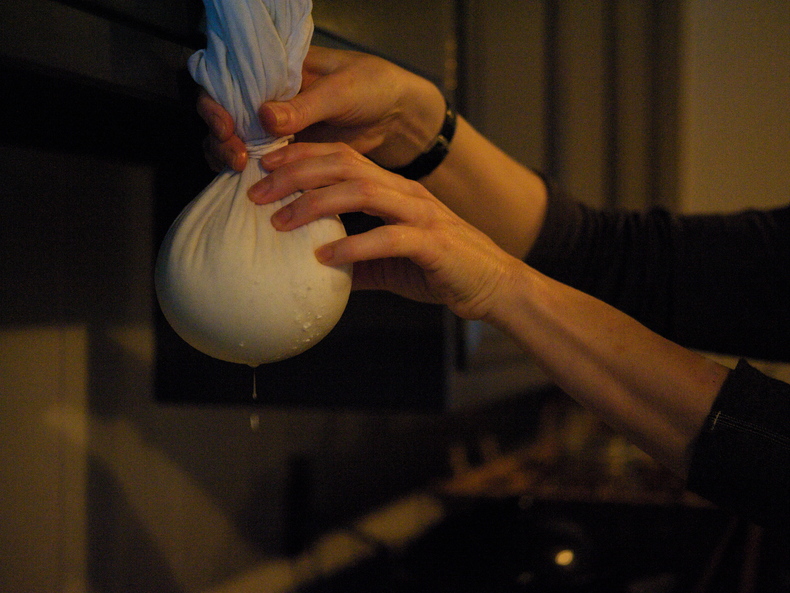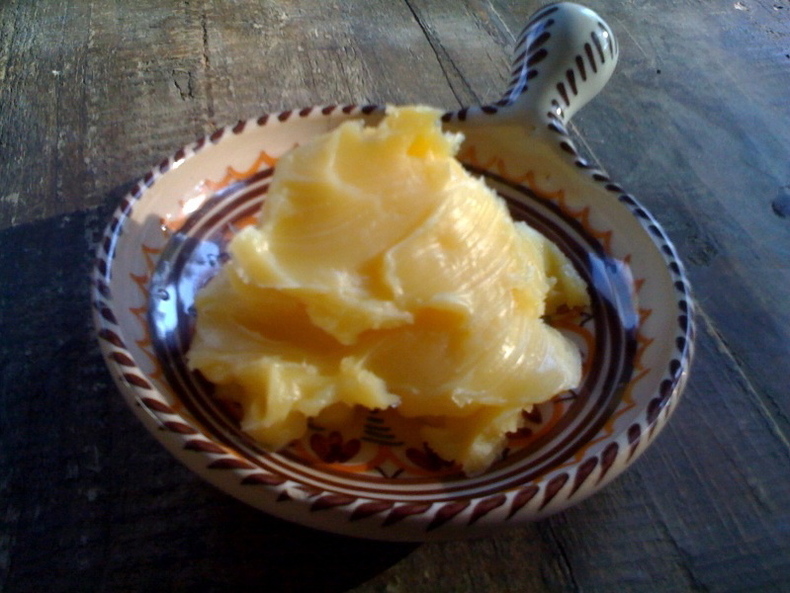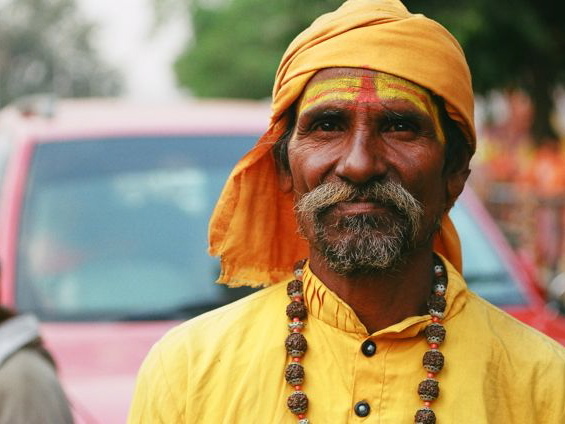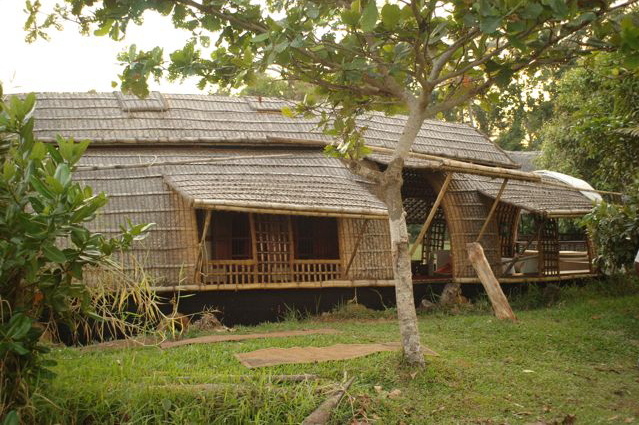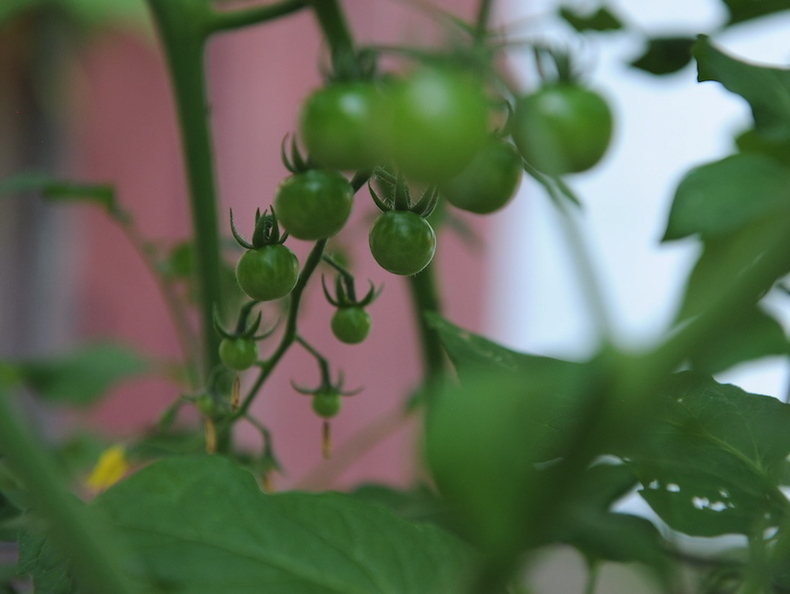This little Miss Muffett definitely enjoys eating freshly made curds. And so will you, when you make your own paneer (also spelled panir). This is that soft white cheese used in Indian cuisine. You probably know it from saag paneer, the Indian cousin of creamed spinach. Making paneer is quite similar to making ricotta, if you've ever done that. Even easier. It's just a simple coagulation of milk through the use of acid; lemon juice, in this case. The milk "breaks," separating into fluffy white curds and cloudy liquid whey. You gather the curds up into a clean cloth (cotton towel or cheesecloth) and hang it so that liquid drains away. If you leave it fairly soft—with a bit more liquid—it's known as chenna; taken to a firmer stage, it becomes paneer. It's delicious in rich curries, fritters, or simply cooked with vegetables like peas, chiles or greens.
Read More...
Twitter @glutton4life
1.31.10 Ghee Whiz
I’ve heard that all kinds of people send you free products when you have a blog. I guess they’re hoping for a good review. I don’t have advertising on this site, but if I did it would have to be for a resource I wholeheartedly endorse. And if you ever see me touting a product or service here, it won’t be because I’m getting any recompense. That said, I recently received a free sample pack from Pure Indian Foods and I am truly impressed with this family-run company. It specializes in organic ghee, a product they have been making for 5 generations—since the great-great-grandfather launched his business in northern India in 1889! In case you aren’t familiar with it, ghee is essentially clarified butter—butter with all the milk solids removed. This takes out the casein and lactose, making it much more tolerable than butter for those with dairy issues.
Ghee is a lovely, clear golden color and has a delicious, nutty flavor. You’ve undoubtedly eaten it in Indian cooking. Because of its low moisture content, ghee is shelf-stable (keep it in the cupboard for 2-3 months, in the fridge for up to a year) and has a higher smoking point than butter. Pure Indian Foods makes its ghee with organic butter from the milk of grass-fed cows produced only during the spring and summer, ensuring that it is full of the nutrients from fresh, green grass. It’s high in fat-soluble vitamins and contains naturally occurring conjugated linoleic acid (CLA) and vitamin K2. Made according to the Vedic system, the ghee is produced only on days when the moon is waxing or full! Pure Indians Foods uses only glass jars, no plastic. I love this company! In addition to plain, the ghee comes in 6 delectable flavors and I’ve had some fun coming up with ways to use them.
Read More...
Ghee is a lovely, clear golden color and has a delicious, nutty flavor. You’ve undoubtedly eaten it in Indian cooking. Because of its low moisture content, ghee is shelf-stable (keep it in the cupboard for 2-3 months, in the fridge for up to a year) and has a higher smoking point than butter. Pure Indian Foods makes its ghee with organic butter from the milk of grass-fed cows produced only during the spring and summer, ensuring that it is full of the nutrients from fresh, green grass. It’s high in fat-soluble vitamins and contains naturally occurring conjugated linoleic acid (CLA) and vitamin K2. Made according to the Vedic system, the ghee is produced only on days when the moon is waxing or full! Pure Indians Foods uses only glass jars, no plastic. I love this company! In addition to plain, the ghee comes in 6 delectable flavors and I’ve had some fun coming up with ways to use them.
Read More...
1.11.10 Such a Dal
You may have seen Mark Bittman's piece about eating legumes in the Times last week. He provided some excellent and simple recipes, like spiced red lentil dal, and mung bean dal with apples and coconut. He talked about the typical Indian way of finishing these dishes by stirring in an extra flavor booster—cream, butter, fried onions or nuts. (Apparently this is called a "tarka.") It reminded me of a dish I was obsessed with during our visit to India, a thick and spicy stew of black lentils enriched with cream. I first had it in Jaipur, that magical city of bazaars and bangles and precious stones and yellow marigolds. We were staying at the Oberoi Rajvilas, one of the world's most outstanding hotels. Peacocks roamed the grounds outside our luxurious "tent," and one night we collapsed into our enormous, pillowy bed to watch "Ghandi" and eat room service. What arrived was this incredible daal makhani, fragrant with ginger and chile, rich with ghee.
Read More...
Read More...
12.1.09 Eden in India
"Just when you think it couldn't possibly get any better, it's time for lunch!" That was the motto for our trip to Kerala in December 2007. A couple of months after G and I got married, we took a five-week honeymoon in India. The first two weeks were spent in southern India with our friends Lisa and Scott, part of the time on these amazing old-style boats that floated along the canals. We spent the days lazing, reading, obsessively bird-watching, and observing daily life along the water's edge. We had our own cooks on board and we stuffed ourselves silly on their delicious regional cuisine, based largely on coconut, ginger and seafood. It's not what you would necessarily think of as "typical" Indian food (although of course it is).
Read More...
8.30.09 Got Tomatoes?
I can't stand the rain. OK, not true, but it did wreak a lot of havoc this summer. It was not the year for tomatoes, as you may have heard. Ahem. As you can see here, we started out with some very promising plants. They produced tons of big, gorgeous heirloom specimens that had us dreaming of fresh salads and BLTs and even an aspic or two. BUT THEN THE BLIGHT HIT. And wiped us out. That's right. All that compost and pampering amounted to a hill of beans when the torrential rains hit and the fungus came to town. (It's a strain of the very thing that wiped out all those potatoes in Ireland causing the famed famine.) From one day to the next, we went from tomato-rich to tomato-destitute. No love apples for us. One plant of yellow cherry tomatoes survived, bless her feisty little heart. If you've been luckier, then this recipe is for you.
Read More...
Read More...






